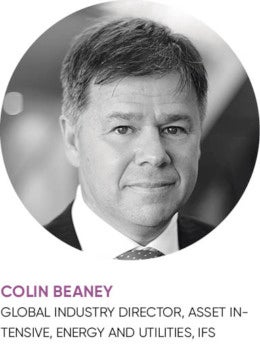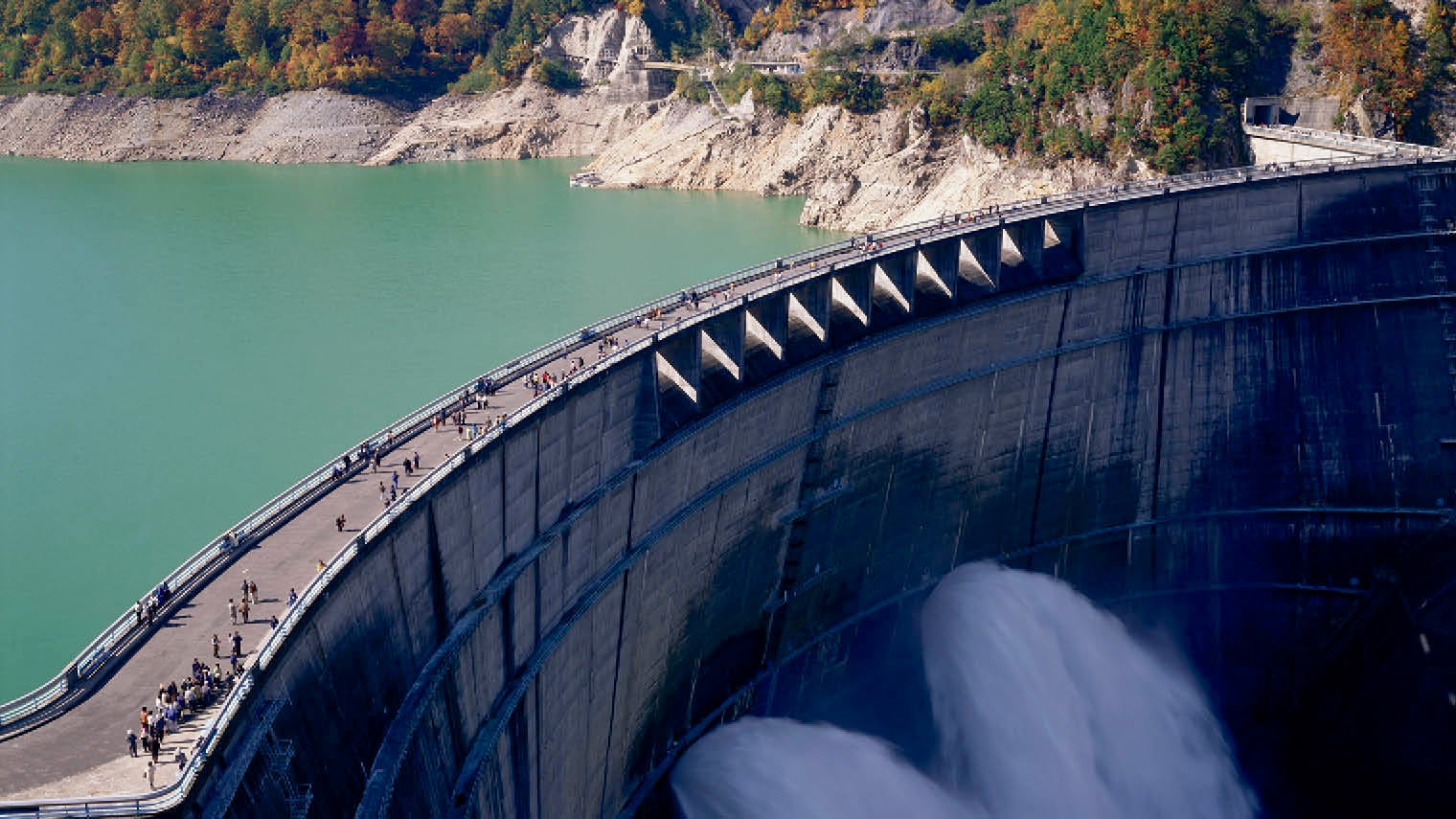 While new technologies such as big data and predictive analytics continue to drive innovation in asset management, companies cannot afford to overlook the basics and the importance of embedding the core foundations of asset management excellence within their organisation.
While new technologies such as big data and predictive analytics continue to drive innovation in asset management, companies cannot afford to overlook the basics and the importance of embedding the core foundations of asset management excellence within their organisation.
New technology makes asset management and maintenance more exciting, but the fundamentals, considered routine and mundane by comparison, are crucial to best practice. However, these core principles are frequently not as deeply entrenched within organisations as they should be, which is a concern.
There is a need for innovation and the use of new technologies to deliver cost-savings and efficiencies, but we also need a pragmatic approach. Organisations need to know what assets they have, their location, condition, performance and potential deterioration rate; what the criticality of those assets is to the business. These foundations must be in place. This applies equally to the work-management side of looking after those assets, for example, looking at data quality being fed back from those working in the field, carrying out servicing and so on.
One of the challenges, however, is that while asset maintenance professionals are highly motivated by opportunities to resolve unexpected problems, they find the more routine and mundane aspects less exciting. This presents a problem. If organisations don’t take the routine work seriously, how do they truly know how well their critical assets are performing and, perhaps even more importantly, the implications of not having this information?
In March, one of the UK’s water companies was hit with a fine of £20 million when untreated sewerage from their treatment works leaked into rivers in their region. The Environment Agency charges and court verdict referred to inadequate management and maintenance of the water treatment equipment as a direct cause. This really drives home the need to embed the foundations of asset management in an organisation and to have senior C-level buy-in because the costs and the reputational damage when things go wrong can be huge.
IFS is at the leading edge of asset management and maintenance best practice, working with major clients in the global manufacturing, transportation and power generation industries that recognise the criticality of asset management excellence to their cost control, efficiency and output. China’s Three Gorges Hydropower Plant (TGHP), the world’s largest, adopted best practice asset management and maintenance solutions from IFS to help with the operation, maintenance and repairing of the assets of the plant and flood control systems, while at the same time reducing the manpower requirements. Its sister hydropower plant, GeZhouBa Hydropower Plant requires 3,000 employees to operate and maintain the plant and its assets. TGHP’s goal is to run with fewer than 400 people.

Three Gorges Hydropower Plant, China
But we also work with clients at the early stages of best practice asset management implementation. One of them, a distillery firm, has made tremendous improvements to its high volume bottling and packaging processes. Taking a stairway approach, starting from a low base, they identified their performance-critical assets, analysed and reported on them, then continued tracking and trending, and making improvements. It was about the fundamentals, carrying out the right maintenance to the assets that are critical to output and profitability.
Central to both vastly different organisations’ effectiveness is the appreciation and adoption of a “through-life” asset management philosophy. By maintaining consistency in process and information management at each stage of the asset life cycle, design, construction, commissioning and servicing, both companies have the ability to manage with much greater effectiveness their asset portfolio.
Having established an upward curve of improvements, organisations must avoid falling back. With the foundations embedded, they can consider improvement strategies, leading naturally to new technologies such as the internet of things, predictive analytics and big data that can transform many aspects of the asset management and maintenance processes.
When Storm Doris hit the UK in February, we lost power for 30 hours, the result of storm damaged trees hitting overhead power lines. That shouldn’t have come as a complete surprise to the grid company; if you have an overhead power line with trees in the vicinity, you have an asset that needs to be maintained.
Technology could play a key role. IFS Labs have a proof of concept utilising drones to fly around the network, using video capture. If it detected an anomaly, for example, a tilting pylon or an overhang of vegetation, it automatically raised a fault report, geo-located the problem and scheduled resources to the specific location where remedial work could be quickly carried out. Taking that to its natural conclusion, new technologies provide scope to map the entire network in England, overlay vegetation, apply data analytics and predict problems that can be avoided.
However, the basics – knowing where your assets are, their condition and performance – still need to be in place. During the power outage, the engineers had no clear idea of the location of the issue. The part of the asset history that would have assisted the repair was missing and this is absolutely crucial when it comes to the through-life project asset management cycle.
Many of the clients we work with are involved in running transportation hubs, building new power stations, for example, and what is critically important when you are going to embark on huge new infrastructure renewal, replacement or modification is that you manage the whole process seamlessly through the complete life cycle, so nothing is lost during the construction and engineering stages, and the handover to operations and maintenance and beyond.
The key lies in the initial asset design and capturing all the design information, the iterations of the design cycle, within a single system before the asset is delivered or constructed, and the modular approach of IFS solutions enables this to happen. A complete history of the item can be found in one application at any time, in effect presenting “as maintained” in terms of the information that is available.
Spend on global capital projects and infrastructure is growing, set to exceed $9 trillion by 2025, according to PwC research, while investment in new plant within asset-intensive sectors such as transport, oil and gas, and manufacturing could double to nearly $2 trillion. Technology will make many of these new assets smarter and more reliable, but the fundamentals of asset management and maintenance excellence will remain integral to their optimal performance.
For more information please visit www.ifs.world/times or call 01494 428900


